You can die every time you ride your dirt bike.
“Whoa, I haven’t had my coffee yet, chill down with that!” is probably along the lines of what you are thinking. And I agree, it’s quite natural to want to focus on the fun, freedom, excitement, challenge, good times, and all other joys of riding motocross, and dirt bikes in general. Most companies in the dirt bike industry have been founded on good vibes and having a great time riding a dirt bike. I wouldn’t want it any other way.
But Arai is different. Not to paint Arai with too somber a brush, but there's a heaviness and seriousness to Arai that, more than anything else, stems from a passion and drive to protect the lives of motorcyclists. It's the oldest helmet company in Japan, and they only make one product – helmets.

The following words are not designed to convince you that any helmet company or helmet philosophy is better than any other. I’ve said it many times and I’ll say it again. Talking about head protection is like talking about religion. It comes down to beliefs and faith in a product and faith in different testing standards. But I do want to share what I saw and learned in Japan about Arai, and why they make helmets the way they do.
Drinking The Kool-Aid
I’ve been lucky enough to have been invited on a few trips like this one. Typically, the goal of the host company, this time Arai Helmets, is to give the media a who-what-why-how insight into the brand. Not just through marketing campaigns or ads or social media posts, but real-world, “feel it in your hands” sort of vibe. In other words, they want you to drink the Kool-Aid.

I feel that it is my job as a media professional to taste the Kool-Aid, but stay neutral and carry with me a healthy dose of skepticism and critical thinking. That being said, I cannot deny that I was extremely impressed with Arai’s attention to detail, quality, craftsmanship, and willingness to improve their product. It was also clear that EVERYone at the company is all about the Kool-Aid (in a good way) and feels that, no matter how seemingly small or basic their job is, they are making a living by creating a product that saves lives.

Why Don’t They Come Out With Something New?
Especially in the motocross world, where new helmet technology seems to hit the market regularly, the name Arai hasn’t been synonymous with cutting edge innovation. The VX-Pro4, the latest and only dirt helmet Arai makes, was launched in 2014, replacing the VX-Pro3. Updates included a longer, wider, more vented visor, new vent covers that increased airflow, and some pieces of the chin bar were moved to the outside of the helmet to make more room in front of the rider’s face.
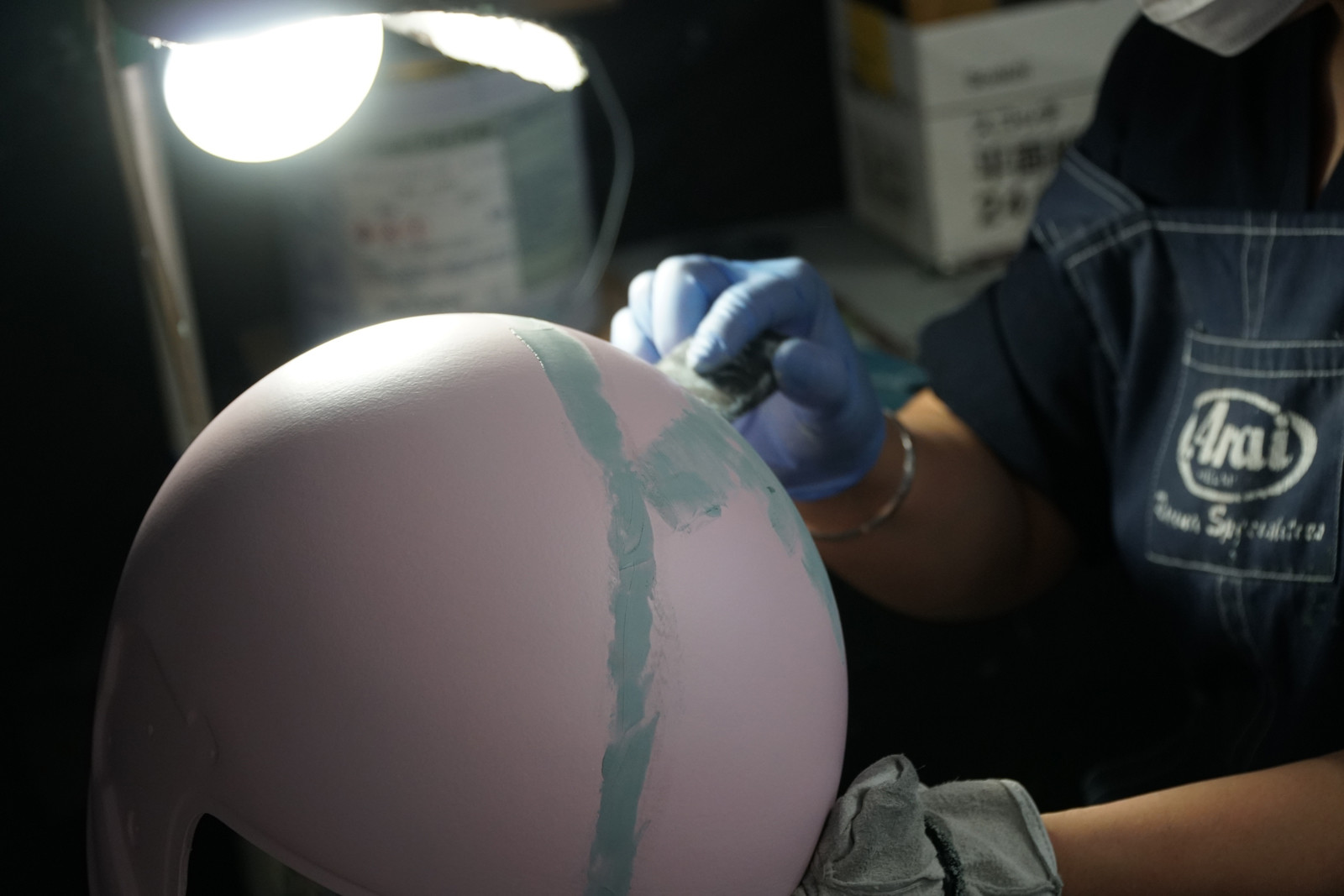
What about the shell and the foam? They stayed the same, and I now know why. First off, Arai is trying new things all the time. There is a whole department of shell experts who are always seeking new materials, new blends of resins, and new technologies to make the shell of an Arai better protect a rider’s head. The same goes for the EPS foam. There are ten different densities of EPS that they can choose from and every helmet utilizes multiple densities to handle different impacts around the head.
So why not something new? They do try new things and then they test them using the SNELL standard. If it isn’t better, they don’t use it. According to Arai, new technology for the sake of just having something new is counterintuitive to what their whole company is about. Mr. Arai, the founder’s son, made it very clear that they are not afraid of change, and not afraid to try new things. Yet he also said that, according to their design philosophy, their current products do a great job of protecting the human head, and they value evolution over revolution. That is, building on what they know works rather than building a new product from scratch.
The Arai Philosophy: Round Is Best
“Helmets should be designed for protection, not fashion.” This overall sentiment is one of the core tenets of Arai. While I completely agree, I also know that moto guys are probably more fashion-conscious than they would like to admit. A round helmet just doesn’t look as cool as a helmet with modern angles and “aggressive lines.” But Arai just says, tough. A round shell, in their opinion, is the safest helmet shape. And there’s more to it than you might think, which I will get to in a bit.
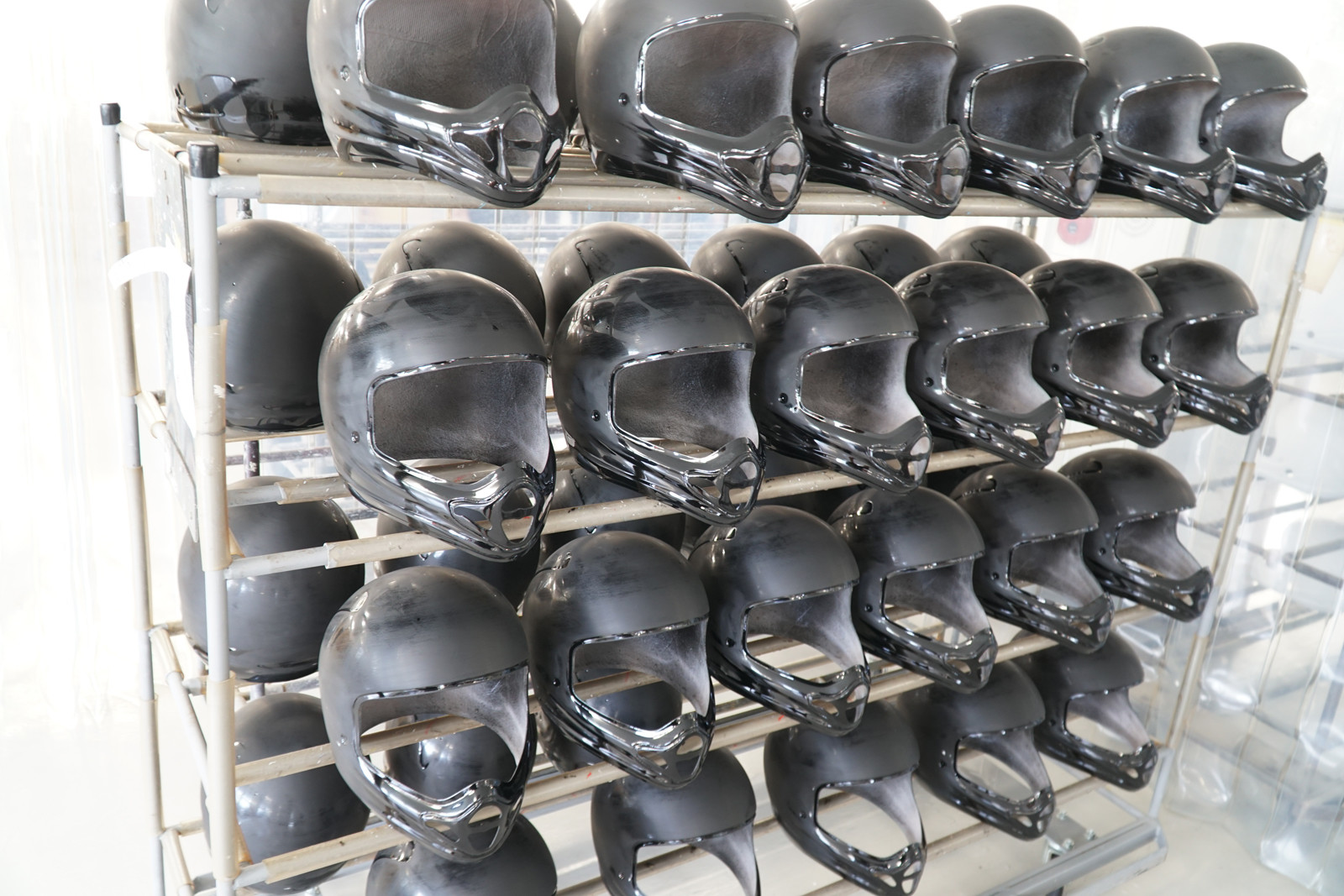
Since 2012, with the introduction of the 6D helmet, the words “Rotational Energy Management” has been in the common motocross lexicon. I asked Mr. Arai, point-blank, what he thought about having a rotational energy management system in the liner of VX-Pro4. His answer, as with many answers, came back to Arai’s shell technology. In short, Mr. Arai believes that having a harder, stronger, yet still flexible shell allows a helmet to slide, glance, slip and otherwise glide over the ground in an impact, therefore reducing the amount of rotation introduced to the head/helmet system as a whole. “Keep the energy out of the shell, then you don’t have to deal with it inside.” Mr. Arai explained.
Secondly, the foam that Arai uses can be pretty soft because of the stiff shell. This means that there is a certain amount of rotational compression that happens if the helmet does rotate on impact. All of the plastic external pieces on a VX-Pro4 are designed to pop off on impact. First-hand experience has shown me that they can pop off when the helmet is in your gear bag and you toss it into your truck. When all the plastic pieces (including the visor) are gone, an Arai helmet is pretty much a sphere. Even the chin bar is considered in this design. It is shorter than most dirt helmets and is curved when looking at the bottom opening of the helmet rather than being straight to the center point. That way, according to Arai, in an extreme impact, the chin bar sections will break outward away from the face, rather than inward.
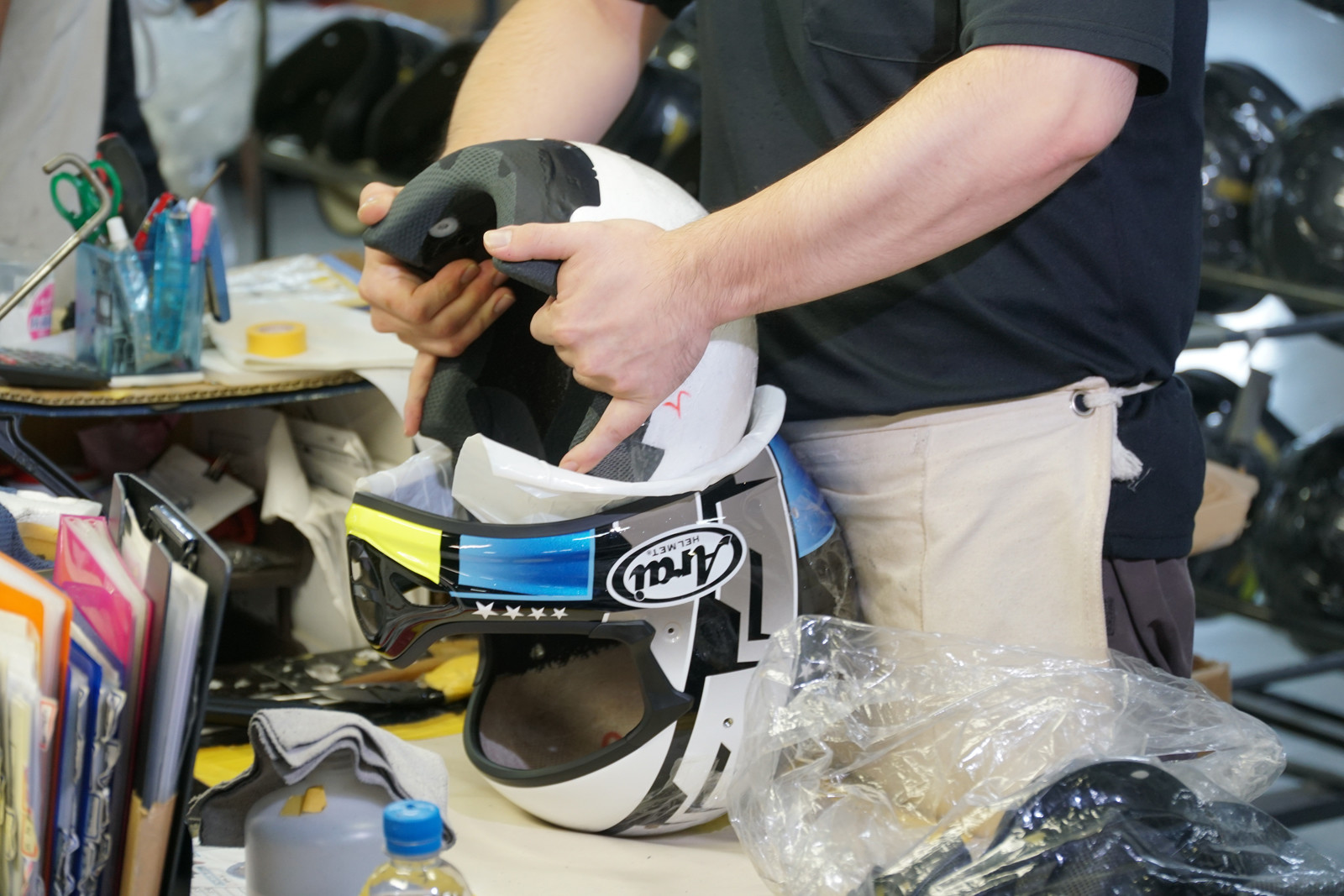
Making An Arai Helmet
There is a truly unique blend of old-world craftsmanship and new technology at work in each Arai helmet. The idea of how the shell is made is fairly simple. A material they call super fiber (extremely fine fiberglass) is cut into small sections and sprayed in a random pattern onto a hemispherical helmet form. What comes out of this form is called a “bird’s nest” and this is the basis of the Arai shell. Why random? Because, according to Arai, when fibers are woven in a symmetrical pattern, when energy is applied, the energy is transferred along the lines of the fibers. A random array of fiberglass pieces is supposedly better at evenly absorbing an impact.
Between two layers of bird’s nests, there are all kinds of other fiberglass-like materials that are arranged and shaped in particular ways to reinforce this, and strengthen that. There are very complicated details that I’ll leave out to avoid feeling like I’m giving a physics lecture. But, all combined, I was shocked at how each detail, each material, each piece of the helmet is hand-laid into the mold to make one shell.
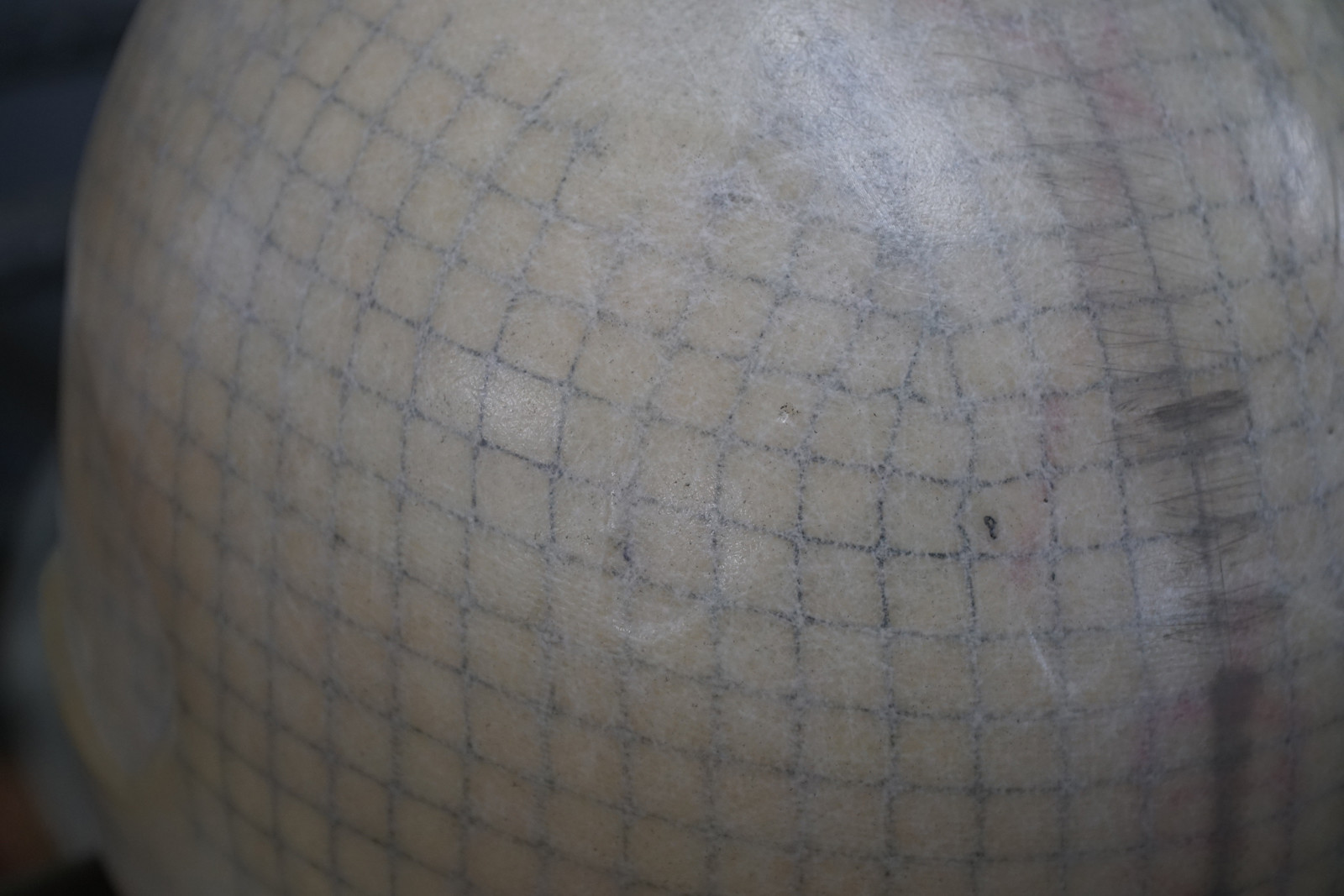
Bordering on OCD, Arai controls all of the materials that go into their helmets. If Mr. Arai isn’t satisfied with a certain raw material, he makes his own or gets suppliers to make them to his spec. Same with manufacturing equipment. If Arai comes up with a new process that they feel makes a better helmet, they’ll make the equipment for that process, if it doesn’t exist.
All of this creates a very labor-intensive, yet controlled helmet making process. Sure, a shell has to go back and forth to different locations and has to be handled by dozens of workers in dozens of different steps, but since Aria does make almost everything in house, they can control all the steps themselves, and, most importantly, never compromise on what they view is the best helmet possible.

The EPS foam liner is also complicated and labor-intensive. There are different densities around different sections of the helmet that have to be hand-poured. While Arai does have a whole team developing the foam liners for its helmets, I did notice how much more the company focuses on the shell design over what is in the shell. Any time this was brought up, Arai’s company line is something like, “The best shell will keep the energy out of the helmet and you don’t have to deal with it in the first place.”
Even the finishing process of painting and applying graphics is a seven-step process of washing and sanding and washing and primer and so on and so forth. There is no such thing as a shortcut in the Arai manufacturing ideology.
The Takeaway
Did all the information and what I saw change the way I think about helmets? Yes, it did. But, and this is a big but, I don't think there is one correct way to make a motocross helmet. Every reputable helmet manufacturer has the same goal in mind - create a helmet that keeps riders safe. Yet how they do it, where they focus their attention, and what they pack into the very limited real estate to achieve the end product varies widely. What I can say is I doubt there is a motocross helmet shell that is more technologically sophisticated or advanced than what makes up the VX-Pro 4.
Ultimately, in the case of rotational energy management, I think we've all been sucked into a bit of a marketing tornado. That being said, I also trust and put faith in 6D, Fly, Fox, Bell, Shoei, Leatt, and other helmet manufacturers who are advancing the technology inside the shell. Even Arai claims that more science and more focus on protection is good for all helmet companies. They believe that they've had rotational energy management from the beginning with their round, smooth shell. At the end of the day, it's up to you to decide which helmet you trust and why.
STEP BY STEP:
A FIRST-PERSON PHOTO ESSAY OF THE ARAI HELMET


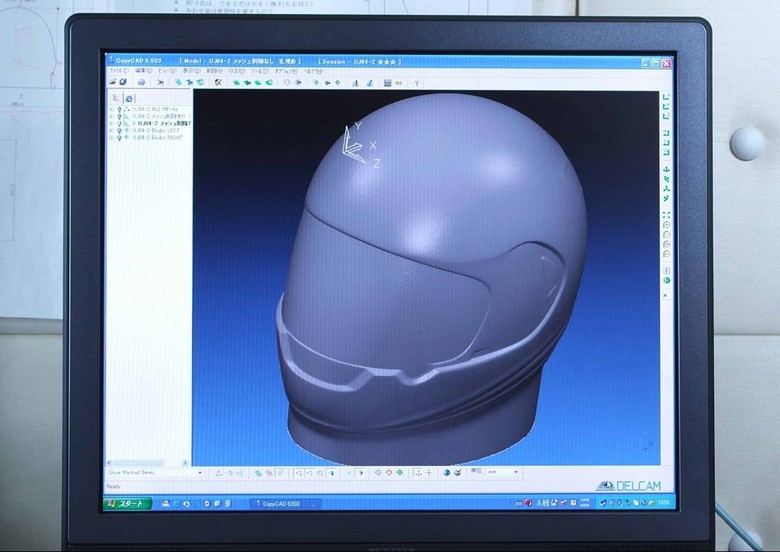

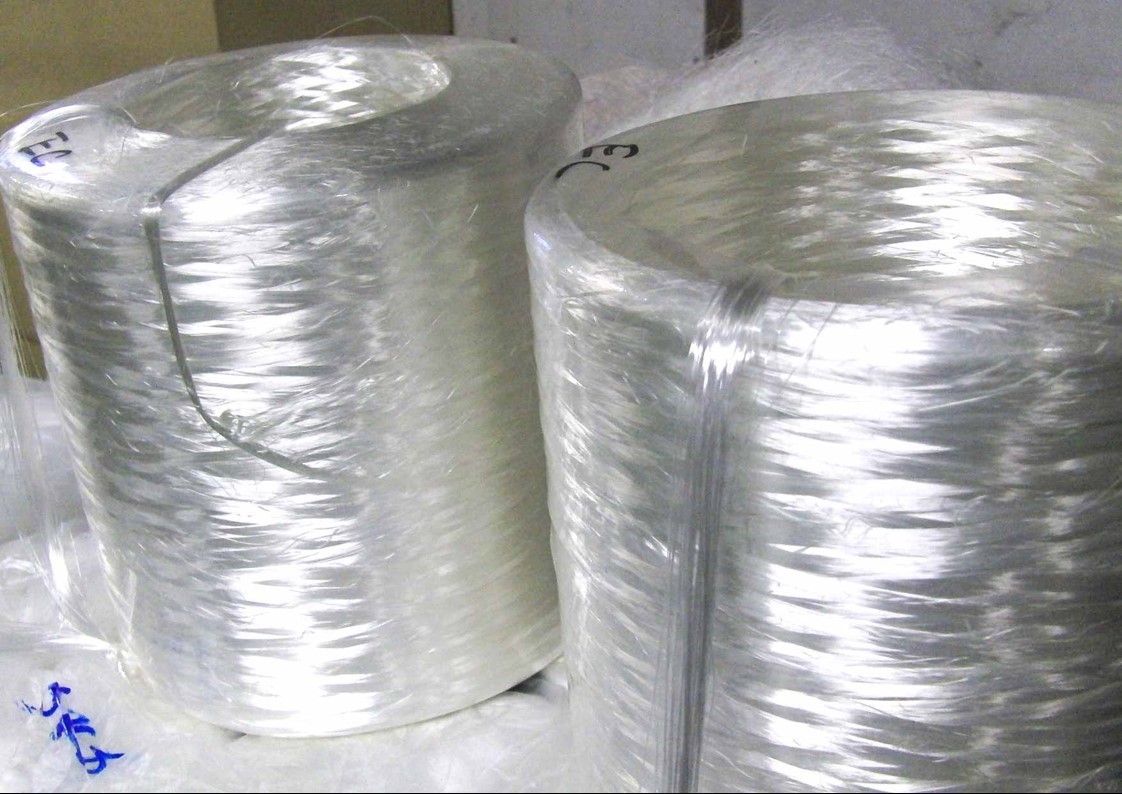

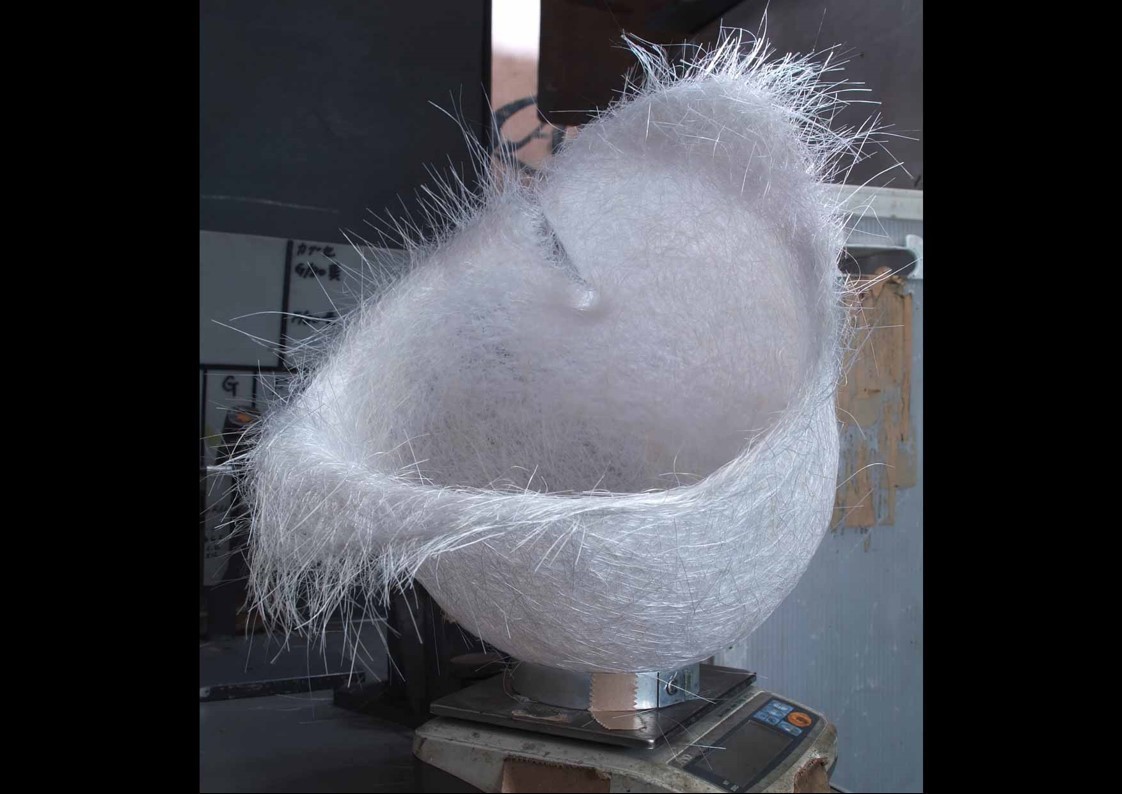
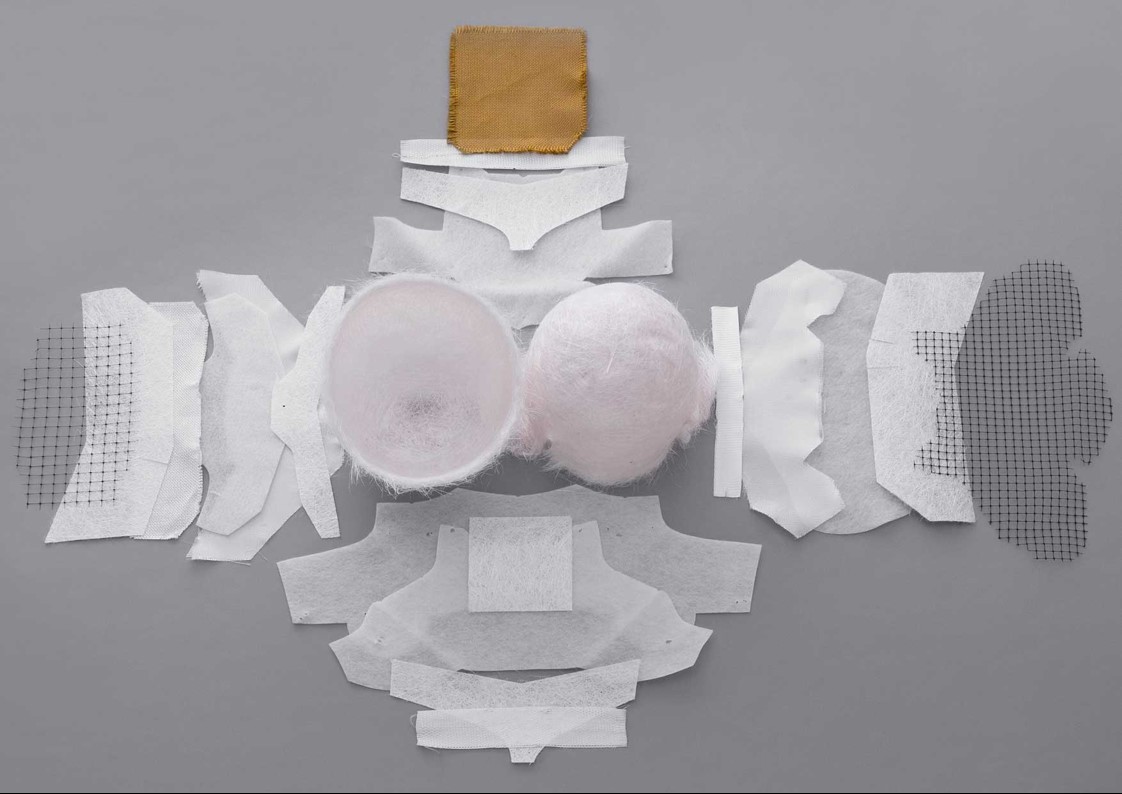

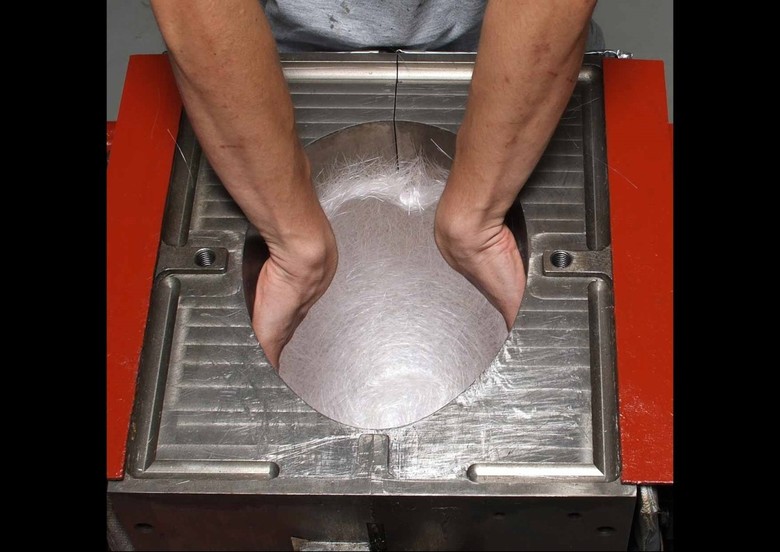
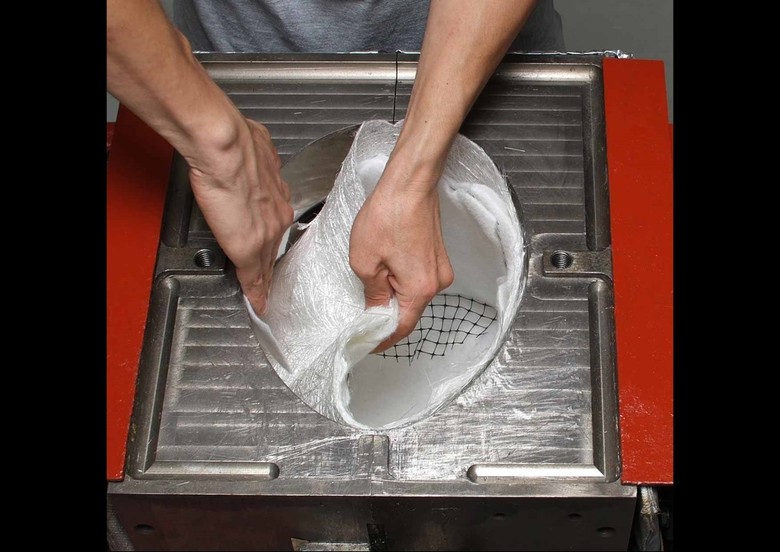



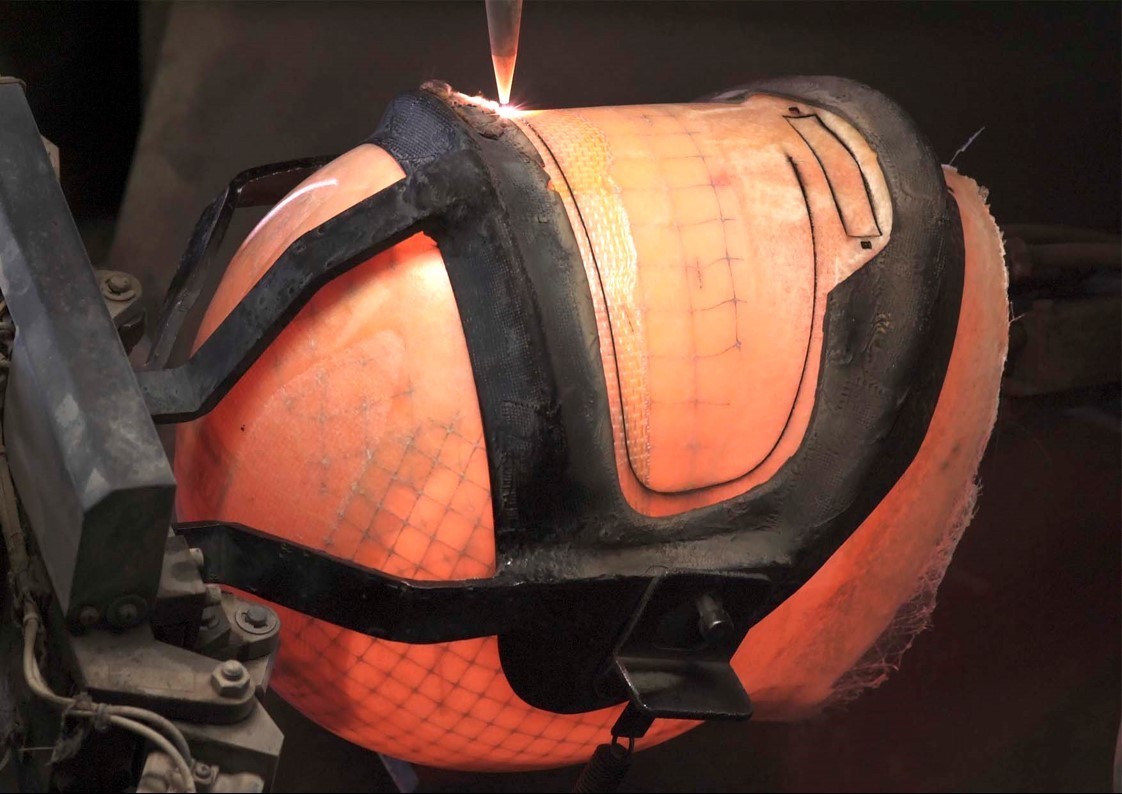

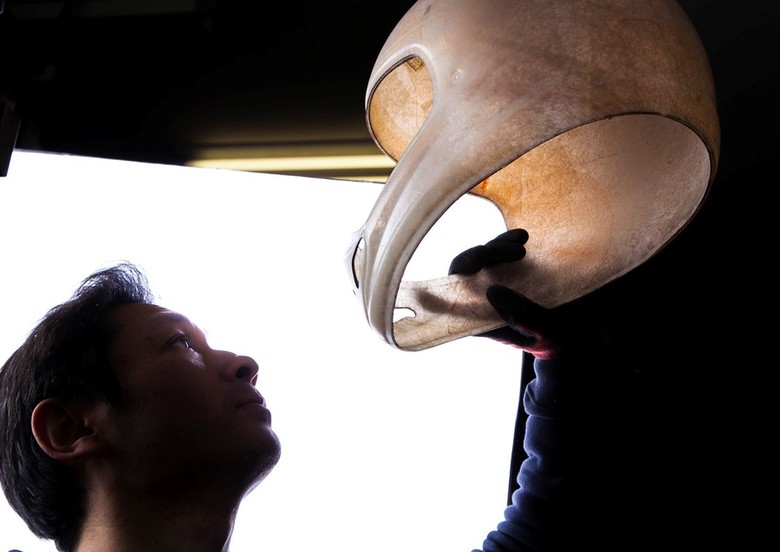


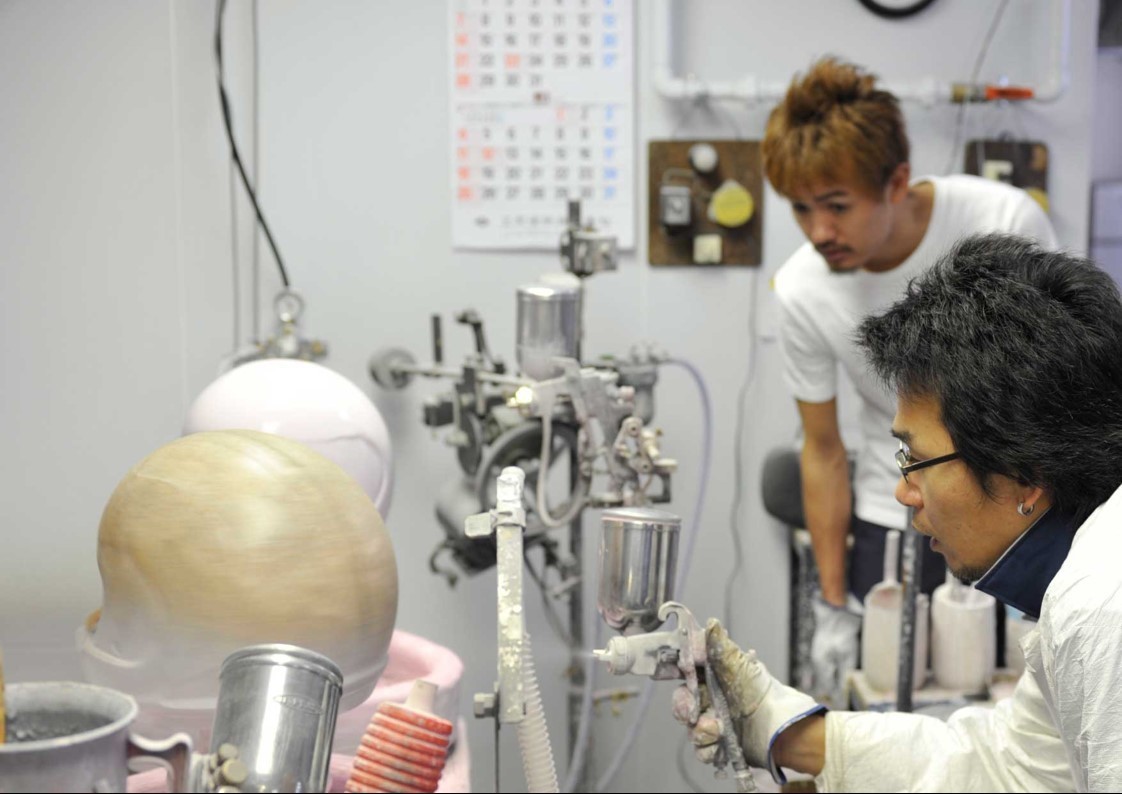



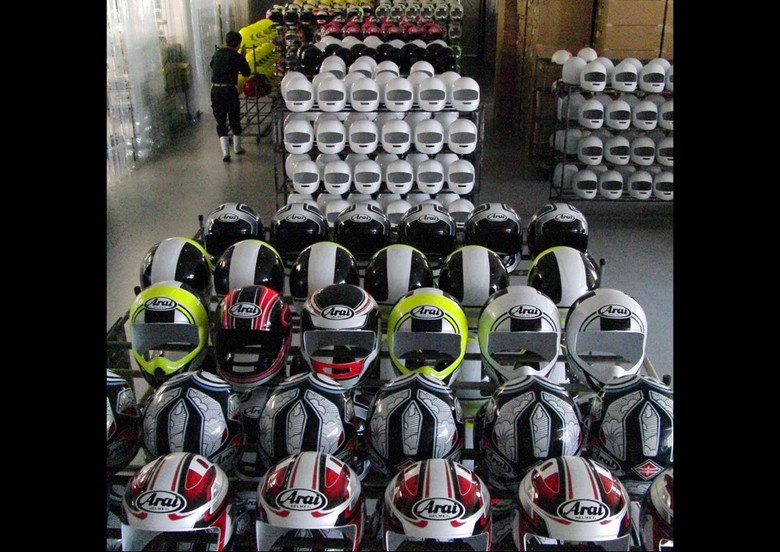





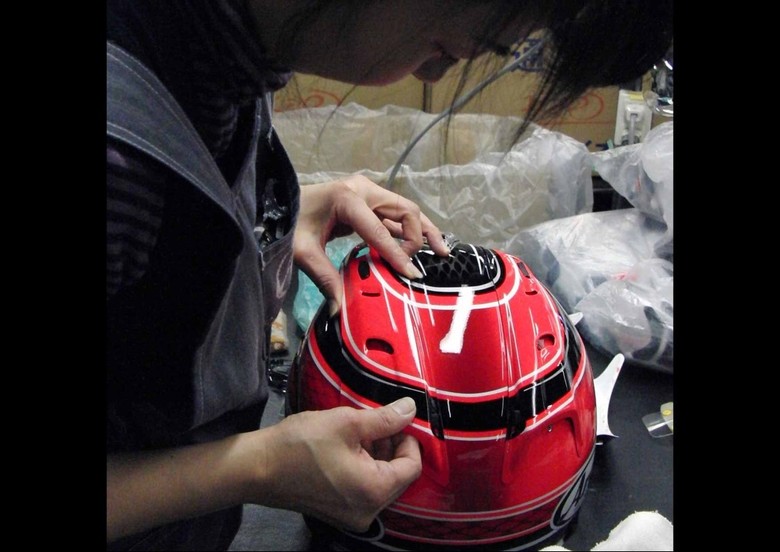
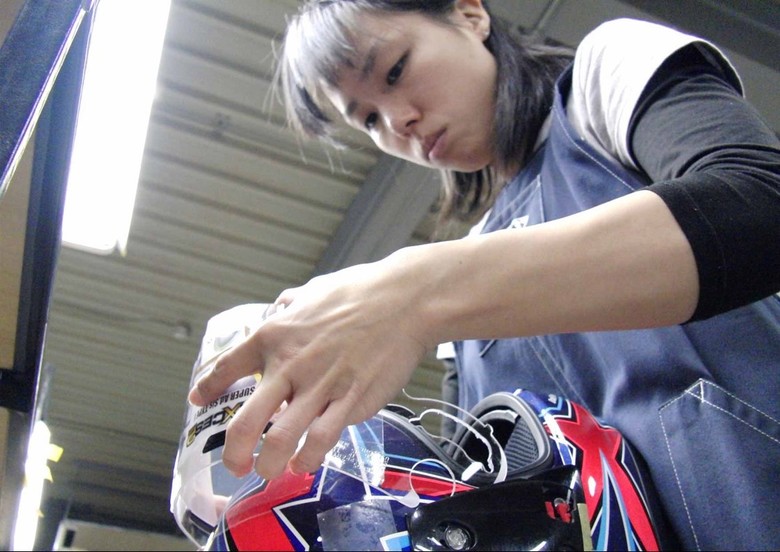
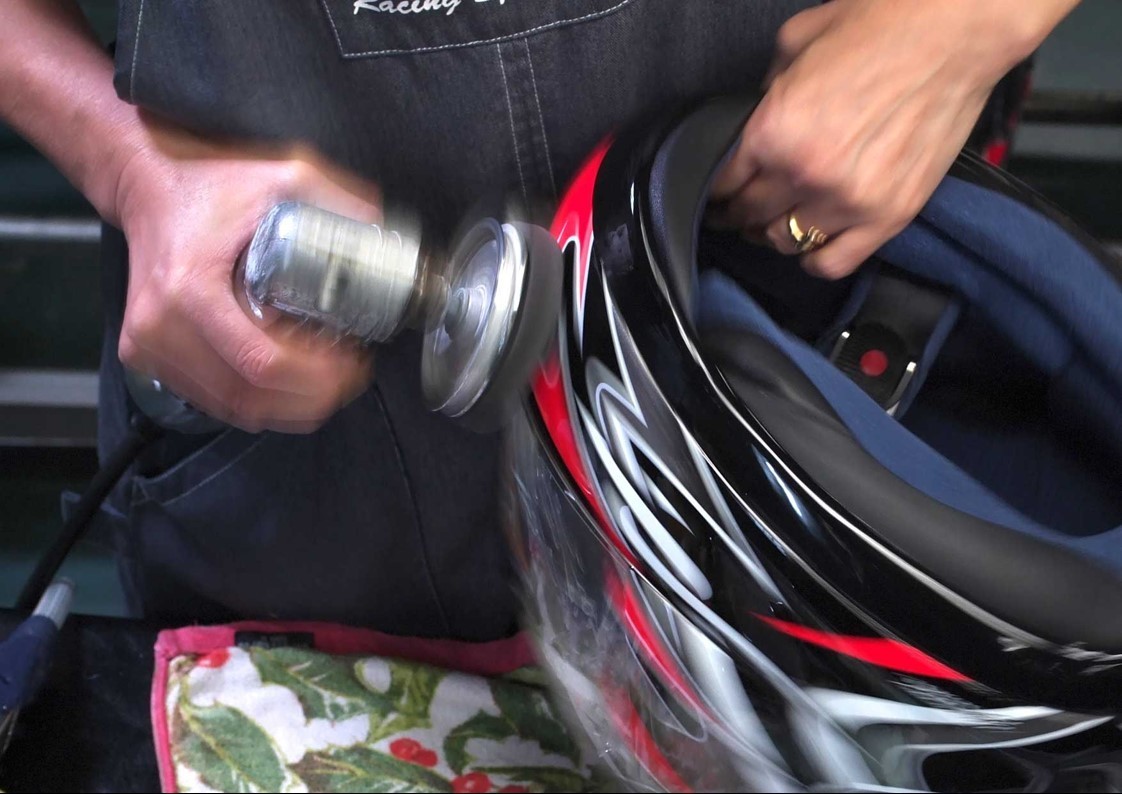





View replies to: Arai Helmets: Evolution Over Revolution
Comments